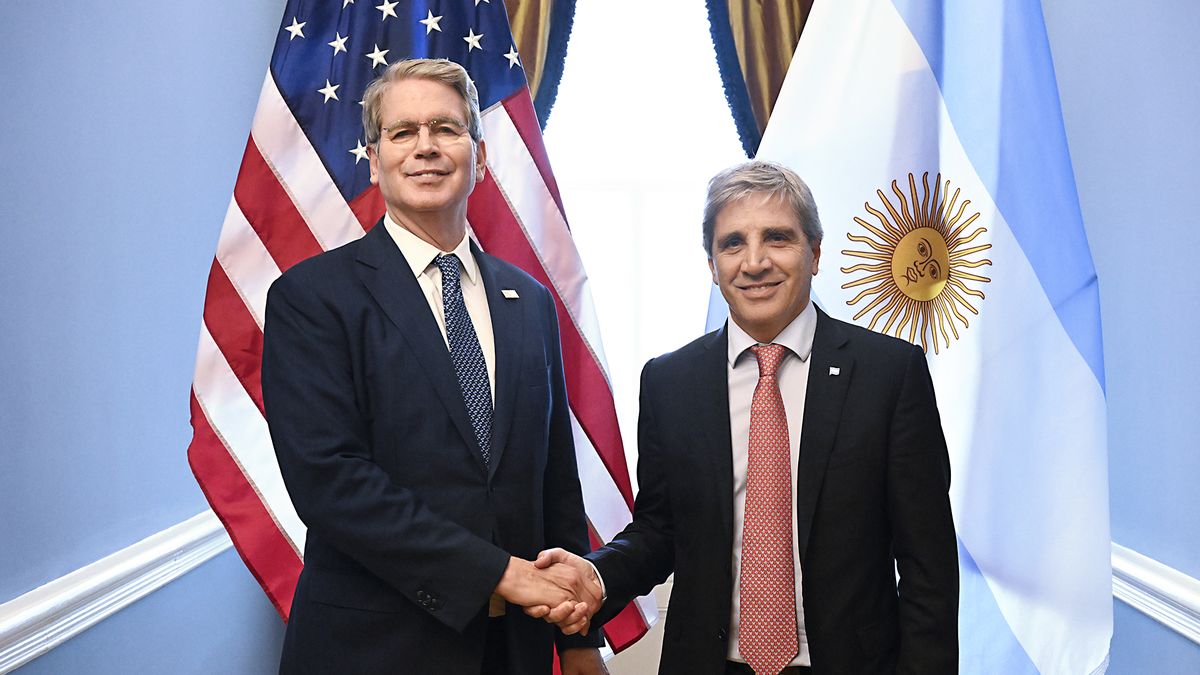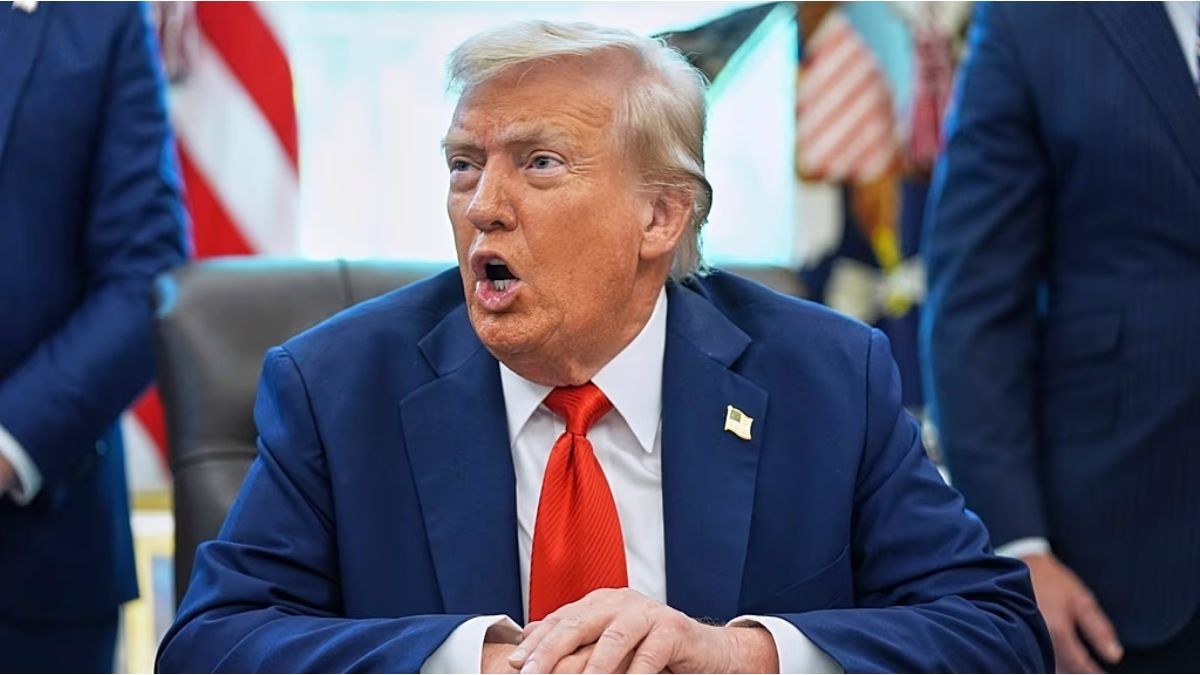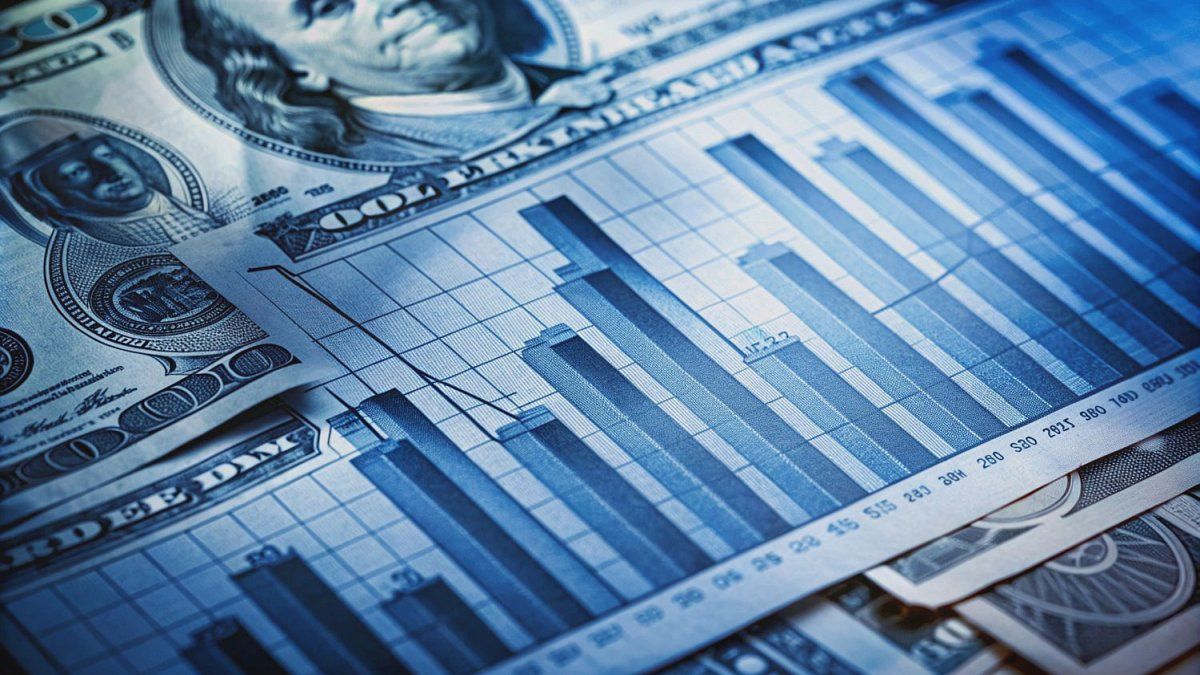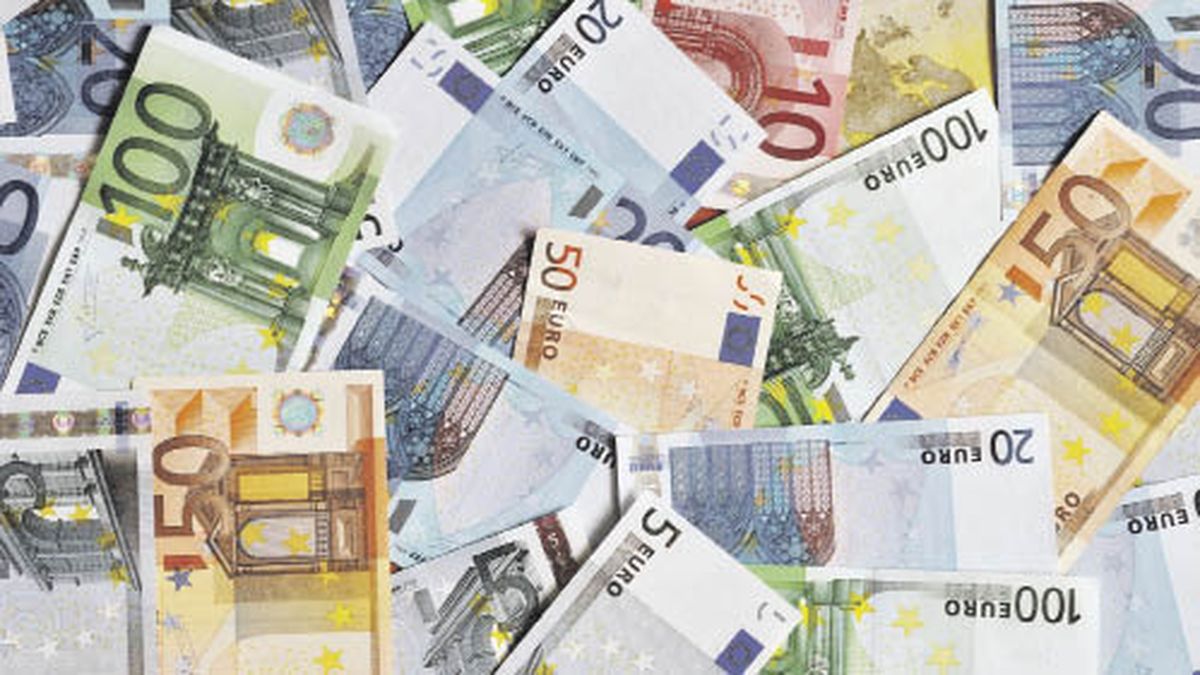Will Trump’s financial backing help Milei change the fortunes of Argentina, which has already spent more than $50 billion from the IMF? Despite assurances from U.S. officials, there is skepticism that Argentina can achieve a different outcome with this currency swap. An establishment man explains the pros and cons of the bailout.
The manifest political and now financial support of Donald Trump’s administration for his Argentine colleague, Javier Milei, continues to raise both criticism and questions in the United States. They consider that the announced US$20 billion currency swap from the US Treasury is nothing more than an emergency line of credit, being the first large-scale bailout financed directly by the US since Bill Clinton’s administration provided Mexico with a US$20 billion loan in 1995. Therefore, they highlight that loans through the International Monetary Fund (IMF) have been much more common, since they pose much less risk to the US.
The content you want to access is exclusive to subscribers.
This unusual line of credit, and the even more unusual decision to use U.S. currency reserves to buy Argentine pesos last week, is intended to support the battered currency of South America’s third-largest economy, Trump administration officials said. However, There is concern that Argentina does not have a clear path to repay both the US and the already overexposed IMF.


Critics argue that American taxpayer dollars are being risked to give Milei a political lifeline weeks before the Oct. 26 congressional elections. In this context, Brad Setser, an economist and a good connoisseur of the Washington establishment, with experience both in the US Treasury itself and in the IMF, among other functions, partner of the economist Nouriel Roubini, explained to the Council of Foreign Relations The logic behind Treasury actions, and the risks they posein advance of Milei’s recent visit to the White House. Below, the most relevant of this analyst’s vision in 6 key questions.
- Why does Argentina need help now?: The details of Argentina’s economic crisis are complex, but the bottom line is simple: Argentina needs help because it is running out of foreign currency. Setser acknowledges the drastic fiscal adjustment implemented by Milei, but raises questions about the sustainability of the cuts, for example, public investment was reduced too much, and not everyone has broad political support. Therefore, The path to economic stability requires more than a balanced budget, in an economy that has historically suffered from a shortage of foreign currency.
- How many currencies does Argentina have left?: The foreign exchange reserves declared by Argentina exceed US$30 billion, not counting the modest gold reserves. However, not all of these reserves are available to prop up the peso in the exchange market, such as the US$13 billion in Chinese yuan that cannot be used without a new agreement with China’s central bank, or the US$12 billion come from dollars deposited in the central bank by local banks. Therefore, It is estimated that the central bank’s usable reserves are only US$10 billion, a very low figure, also considering that Argentina received a US$14 billion loan from the IMF earlier this year.
- Where does the US Treasury get the money it lends to Argentina?: The US Treasury has a common fund, known as the Exchange Stabilization Fund (ESF), intended to finance US intervention in the exchange market and provide loans in crisis situations. This fund is always available to the Treasury Secretary, even during a government shutdown. It was designed to be used in emergency situations, such as the massive withdrawal of funds from the US money market during the 2008 financial crisis. The ESF has, according to its latest report, around US$22 billion available immediately, which is barely enough to cover a US$20 billion line of credit. And the details are important: Argentina may not access all of the promised funds immediately. However, there is another, more creative way the Treasury could raise dollars. The ESF holds around $170 billion of the IMF’s reserve currency, known as Special Drawing Rights (SDR), and there are reports that the Treasury is considering using these funds. For SDRs to come into play, the Treasury would first have to use them as collateral to borrow dollars from the Federal Reserve (Fed). This is completely legal, but it would also be a novel measure. Previous bailout loans have been financed using the ESF’s standard foreign exchange reserves, not its SDRs.
- Is this a rescue?: Yes, an emergency extension of credit to Argentina would meet all the standard definitions of a bailout. Treasury Secretary Scott Bessent has attempted to distinguish between a bailout and a swap, since the proposed $20 billion bailout is structured as a swap with the Argentine central bank (BCRA), not as a direct line of credit to the government. In a swap, the BCRA receives dollars and credits the FSE account with an equal amount of pesos. However, The US does not really want the Argentine currency, it expects the money to be returned in dollars, so it would be a complete failure if the swap was never dismantled and the US Treasury was left with a large amount of pesos. It is important to note that these types of Treasury bond swaps are fundamentally different from those the Fed enters into with other central banks. The Fed’s liquidity swaps are intended to allow the central banks of other large advanced economies to act as dollar lenders of last resort to their own banks. European Social Fund (ESF) swaps are designed to help struggling emerging economies make payments and finance foreign exchange market intervention. On the other hand, the US has also taken the unusual measure of buying pesos directly in the exchange market. This does not technically constitute a bailout, which typically describes an emergency loan, but it is in fact much riskier than simply lending money to Argentina, since the ESF could lose money if the peso depreciates. This is the first time that the US has intervened in the foreign exchange market since the 2011 Japan earthquake, and the first time in a long time that it has purchased the currency of an emerging economy.
- Why does the Treasury take on these risks?: that’s a good question. Argentina is not an ally of the US nor is it in a situation of geopolitical conflict, nor is it likely that Argentina’s financial problems will trigger a systemic financial crisis, since there are no indications that the Argentine financial deterioration has spread to other emerging and frontier markets. In fact, most other emerging markets have performed well financially this year. The Treasury’s argument is that the US has an interest in the success of Milei’s agenda, since its commitment to a market free of restrictions is setting an important example for the rest of the region. This is debatable. Argentina’s commitment to a restrictive fiscal policy is commendable and necessary, given that it does not have access to international markets. However, Buenos Aires missed crucial targets of the IMF program this year and had to obtain a waiver to receive the second tranche of IMF financing in early 2025. The US does not usually reward a country that failed to meet IMF targets with an unconditional line of credit. There is a major debate about whether or not it makes sense to help Argentina maintain the current value of the peso, as this requires intervening and, in a sense, fighting the verdict of an unrestricted market. Bessent’s argument is that the fluctuation band around the peso is only under pressure due to concerns that Milei could lose control of Argentine economic policy following the legislative elections on October 26 following the poor performance in the September elections in Buenos Aires, which raised questions about the political sustainability of his tax cuts and pro-market policies. The counterargument is that the peso was already under pressure long before the provincial elections. Milei’s government has been using its reserves all year, and the only reason reported reserves have not decreased is that Argentina received a significant cash injection from the IMF. There are also other signs that the peso is overvalued. Argentine tourists, for example, spend a lot abroad, and there are reports that Buenos Aires itself has become a very expensive city. According to the Buenos Aires Times in March, the city boasted the second most expensive Big Mac in the world, at $7, and the most expensive coffee in Latin America, at $3.50. As economist Paul Krugman points out, exchange rate-based disinflation programs have a long history of failure in Latin America. A strong currency helps reduce inflation, but it also deprives the economy of foreign currency, and that shortage of foreign currency eventually becomes a problem. The US Treasury is betting that this time it will be different.
- How will we know if the US intervention was successful?: A successful bailout is one that is no longer needed. This plan will be successful if Argentina does not need to draw on its line of credit or if it quickly repays the dollars it borrows. I suspect we’ll have a pretty good idea of whether this bailout is on track for success by the end of the year. One signal would be a peso that naturally trades within the current exchange rate range, even after the next election, with enough demand for pesos in the market that Argentina can start buying back some dollars and rebuild its reserves. On the contrary, a peso that is trading just at the limit of the band is a problem, since it would imply that Argentina is selling more reserves, including those borrowed from the US. Argentina has already spent, through two right-wing governments, more than $50 billion in IMF funds. He needs to demonstrate that the new US$20 billion credit line will produce a different result.
Source: Ambito




